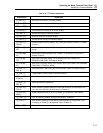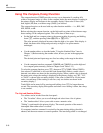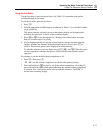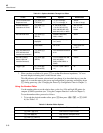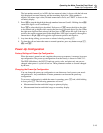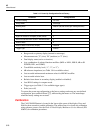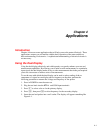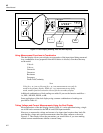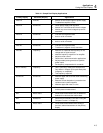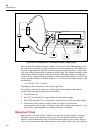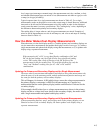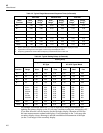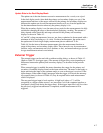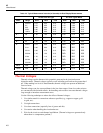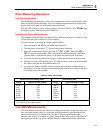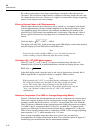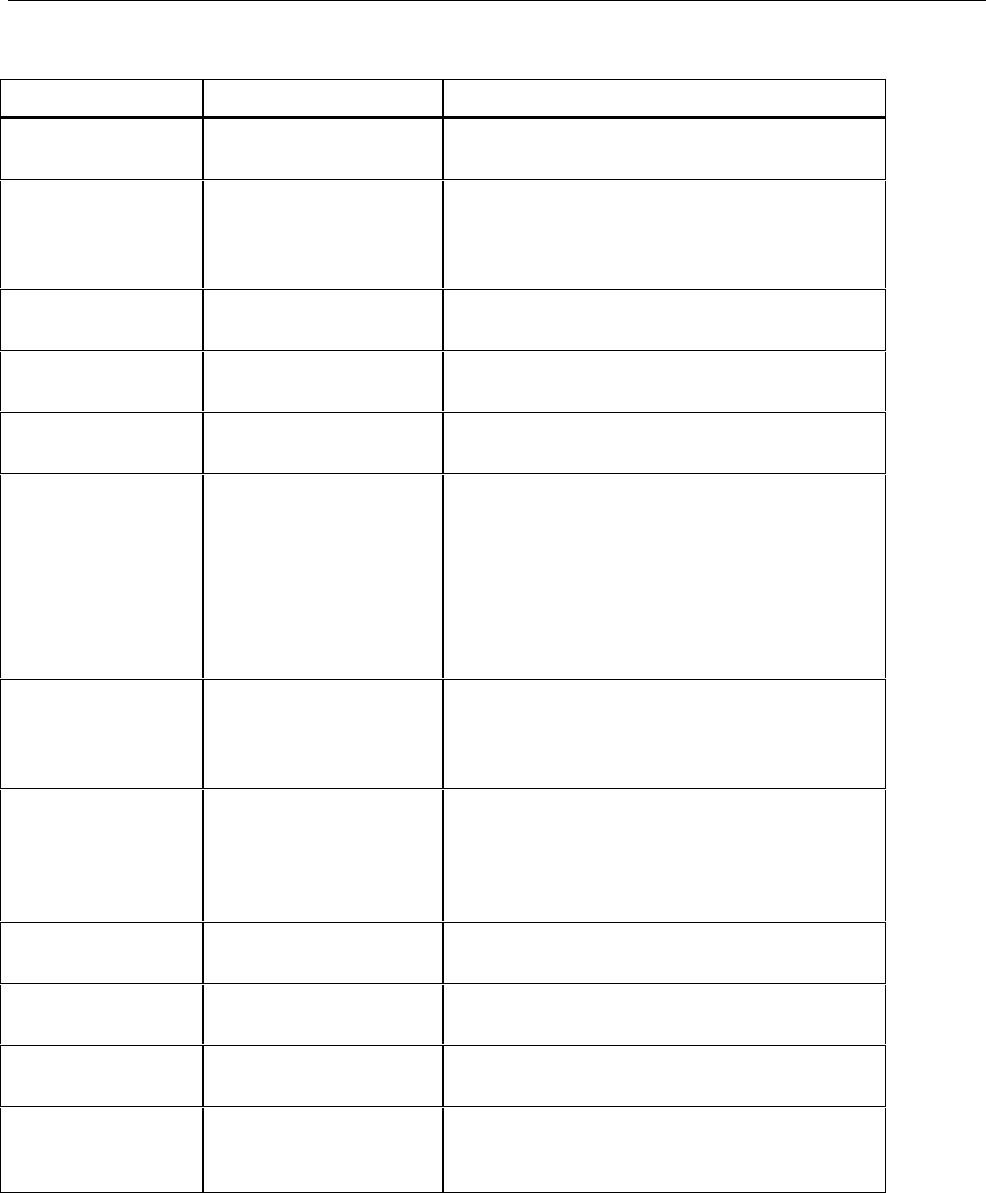
Applications
Using the Dual Display
4
4-3
Table 4-1. Sample Dual Display Applications
Primary Display Secondary Display Applications
Volts DC Volts AC • Monitor dc level and ac ripple of power supply
Troubleshoot amplifier circuits
Volts DC Current DC • Check power supply load regulation
• Monitor UUT current draw and circuit voltages
• Monitor loop current and voltage drop across
transmitter
Volts DC Current AC • Line and load regulation tests
• dc/ac or ac/dc converters
Volts AC Current DC • Line and load regulation tests
• dc/ac or ac/dc converters
Volts AC Current AC • Line and load regulation tests
• Transformer (magnetic circuit) saturation
Volts AC Frequency • Measure ac amplitude and frequency for line
voltage and ac signal analysis
• Measure frequency response of an amplifier
• Adjust ac motor control
• Read noise in telecommunication applications
• Adjust portable power generator to optimize
power output
• Set frequency compensation for a network
dB (in Volts dc) Frequency • Use in "print-only" mode (see "RS-232 Print-
Only Mode" in Chapter 5) for quick Bode plots
(frequency vs. amplitude)
• Test frequency response
Current DC Current AC • Measure ripple and dc current draw of switching
power supply
• Measure current dissipation in protective fuse
resistors used in power supplies
• Measure ripple and noise on a line
MN MX Actual Value • Show the minimum or maximum value recorded
and the present measurement
REL Actual Value • Show actual measurement and the difference
between this value and the relative base.
REL Resistance • Select and sort resistors. (See also "Using the
Compare Function" in Chapter 3.)
HOLD Actual Value • Show actual measurement while holding a
previous, stable measurement on the primary
display



